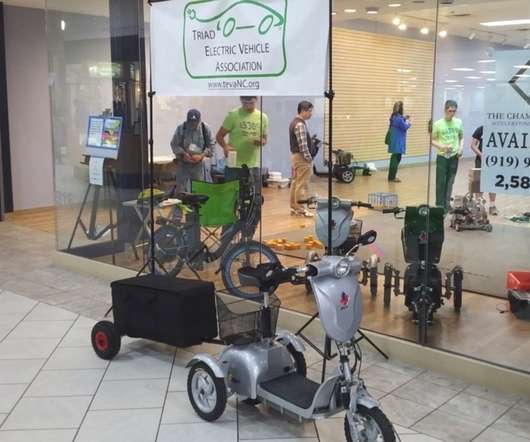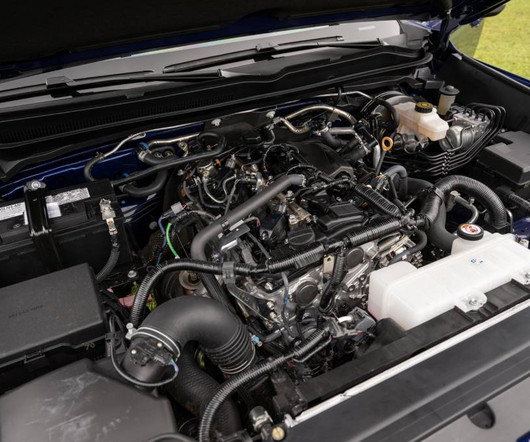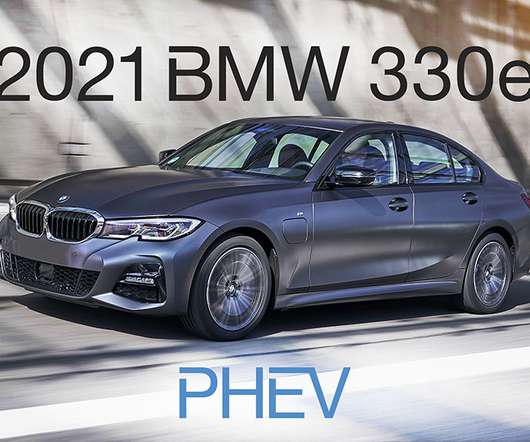Letting in the Light
Electric Auto Association
NOVEMBER 1, 2022
All four men felt that LEVs could eventually be one of the most important forms of personal transportation, and had already been supporting that cause. Gerhardt had joined with Ed Benjamin of the Light Electric Vehicle Association (LEVA) to offer training programs—and certification— to aspiring ebike mechanics.








































Let's personalize your content